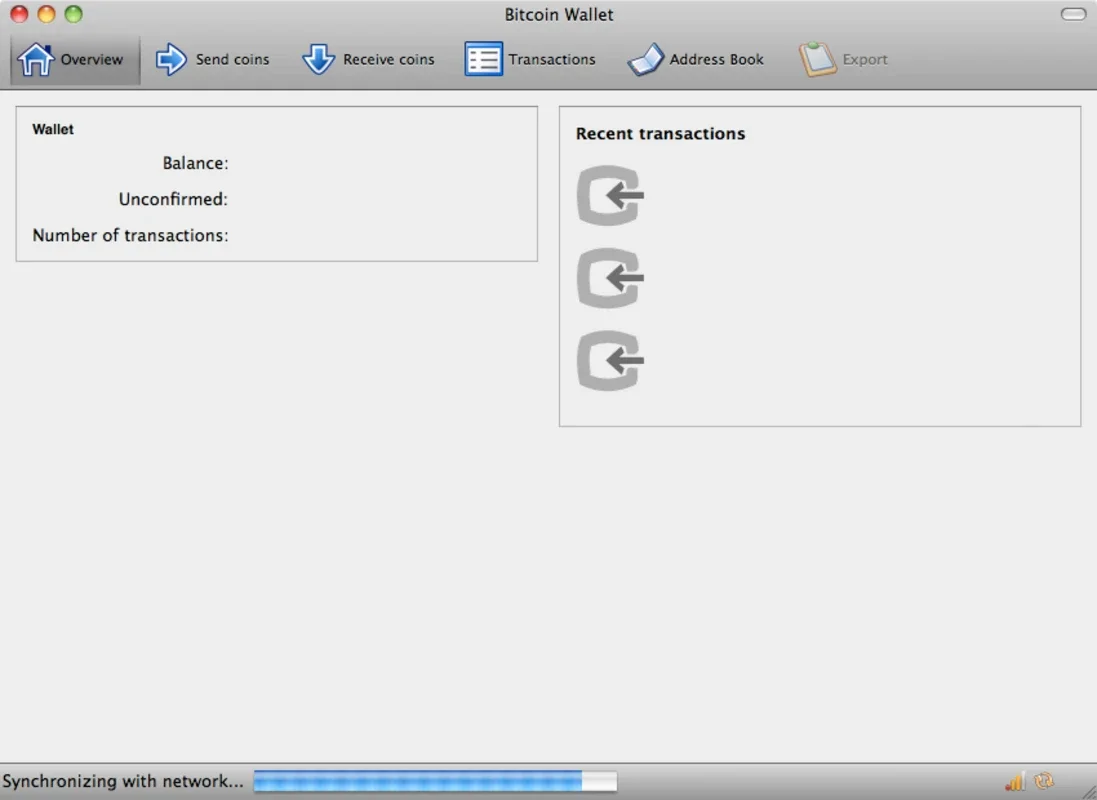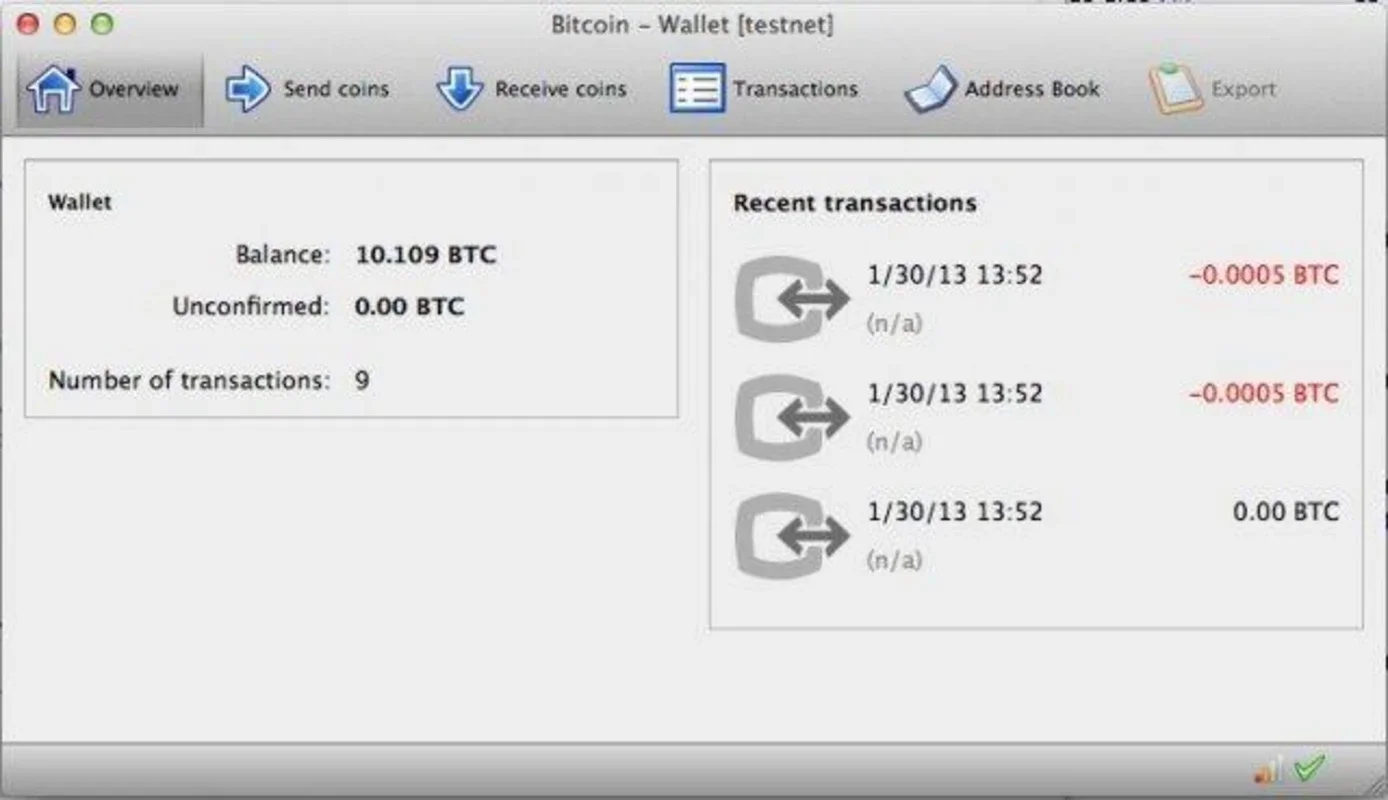Bitcoin App Introduction
Introduction
Bitcoin, created by Satoshi Nakamoto in 2009, is not just a digital currency but also the software and P2P network that powers it. Unlike traditional currencies, it operates without the need for a central issuer, relying on a distributed database across multiple P2P nodes to record transactions.
Storage and Transfer
Bitcoins can be stored in digital wallets on various devices or entrusted to third-party storage services. Users can easily send bitcoins to other Bitcoin addresses, whether for payments or purchasing goods. This includes a wide range of items such as video games, music, software, and T-shirts, with a comprehensive list available on the Bitcoin website.
Software Interface
The Bitcoin software interface is remarkably simple and clean. It features distinct tabs for sending and receiving coins, transaction management, and a handy user guide that is always accessible. This user-friendly design makes it accessible to both novice and experienced users.
Current Status and Future Prospects
Although Bitcoin is not yet a widely popular tool and may seem strange to many users, its foundations have been laid and economic rules established. There is a growing trend of businesses accepting Bitcoin for payments, indicating its potential for growth in the future. It could potentially become one of the most important currencies in the near future.
Security and Trust
The decentralized nature of Bitcoin ensures a certain level of security and trust. Transactions are recorded on a distributed network, making it difficult for fraud or manipulation to occur. This gives users confidence in using Bitcoin for their financial transactions.
Conclusion
Bitcoin is more than just a digital currency; it represents a revolutionary concept in finance and technology. With its simple interface, wide acceptance by businesses, and potential for growth, it is set to play a significant role in the future of global transactions.

